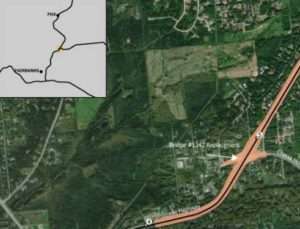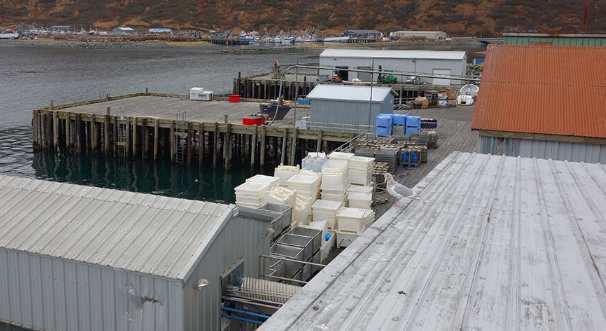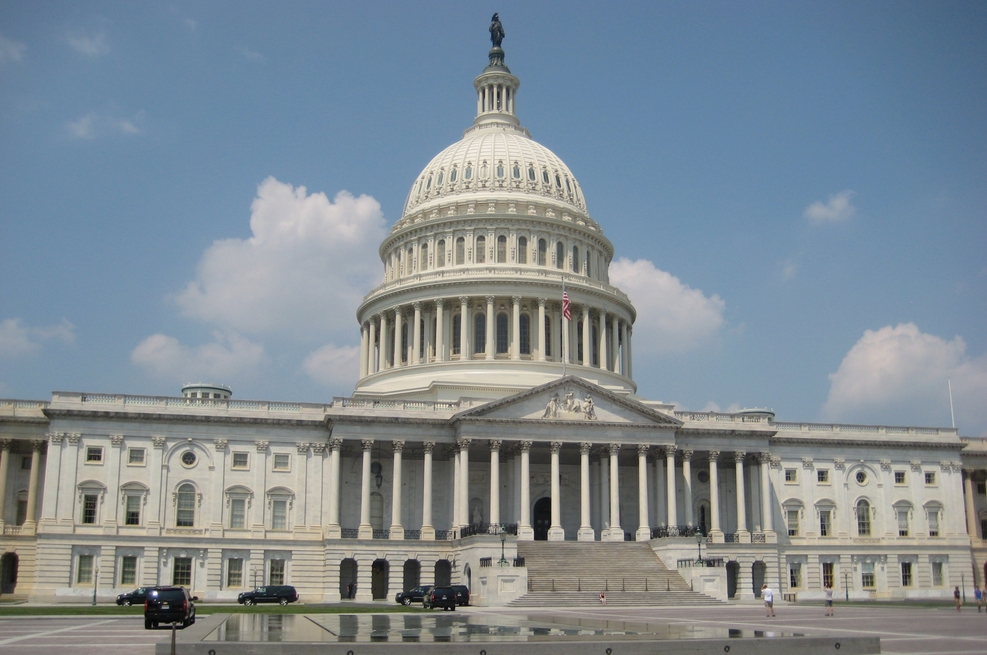Investment supports transportation safety, resiliency, and economic vitality

(Fairbanks, Alaska) — Interior Alaskans will start to see significant improvements along the Alaska Richardson and Steese Highways with the replacement of four additional bridges under the Governor’s Amended FY24 Capital Budget.
“We have bridge infrastructure on our National Highway System routes in the interior that date back to the World War Two era,” said Ryan Anderson, Commissioner, Department of Transportation & Public Facilities (DOT&PF). “We have a great opportunity to replace aging assets, improve safety, and ensure economic vitality to Alaska’s Interior.”

The four bridges will be added to the department’s plan to replace bridges in this critical corridor, which will now include:
- Alaska Highway at Robertson River
- Alaska Highway at Johnson River
- Alaska Highway at Gerstle River
- Richardson Highway MP 346 (Northbound) at Chena Flood Control
- Steese Highway at Chena Hot Springs Road Undercrossing
The Infrastructure Investment & Jobs Act (IIJA) places an emphasis on replacing structurally deficient bridges and offers a historic funding opportunity for addressing bridge needs in Alaska. Additionally, the condition of these bridges, and the need for their replacement, have been part of the conversations surrounding proposed mining development that would affect the Alaska, Richardson, and Steese Highways.

The four bridges have presented challenges for heavy freight haulers traveling to or from Canada and between the Port of Valdez and the North Slope for many years. The Robertson River and Gerstle River bridges were built in 1944 and are well below modern standards for width. The Gerstle River bridge is a height-restricted, overhead-truss structure. These restrictions impede commercial truck loads and make them vulnerable to strikes and subsequent damage and load limitations.
Bridge design standards have significantly evolved since these bridges were constructed. Replacing the bridges will upgrade the crossings to current structural and seismic standards, including bridge railings designed for modern vehicles and highway speeds.
The replaced bridges are expected to have a design life of 75 years, accommodating transportation needs well into the future.
# # #[content id=”79272″]







